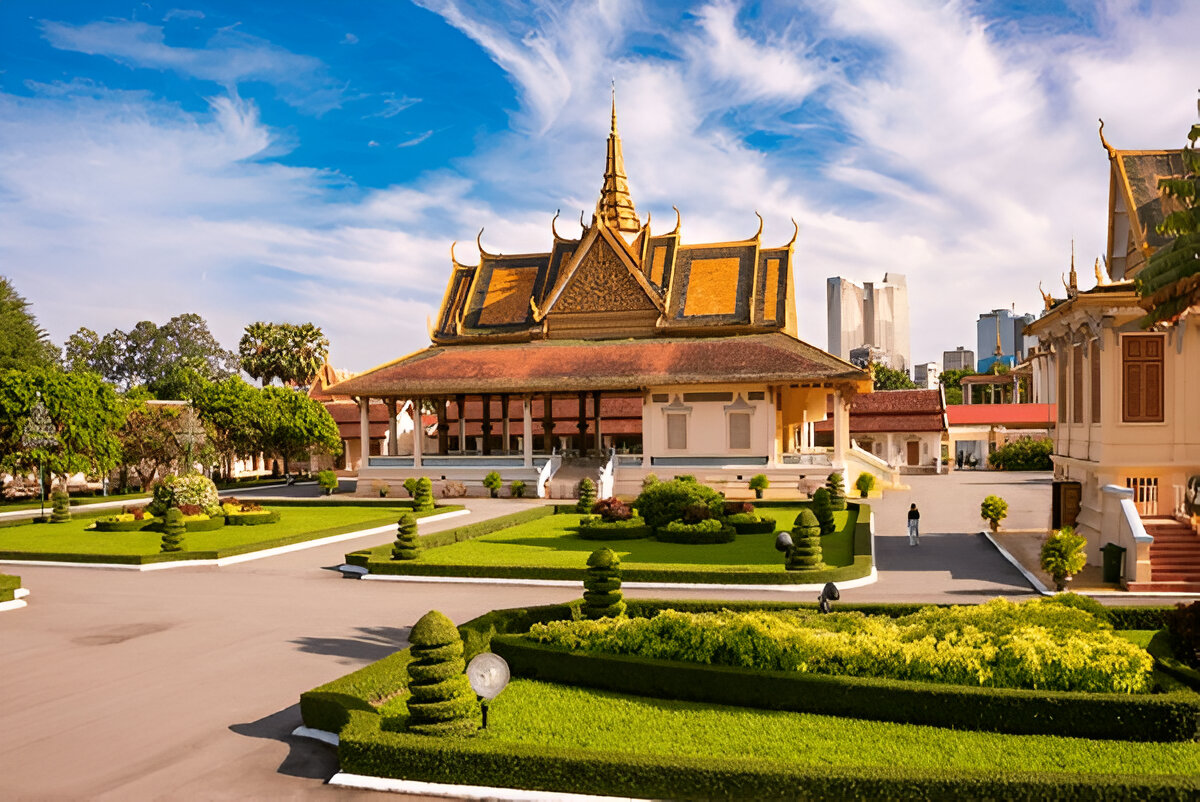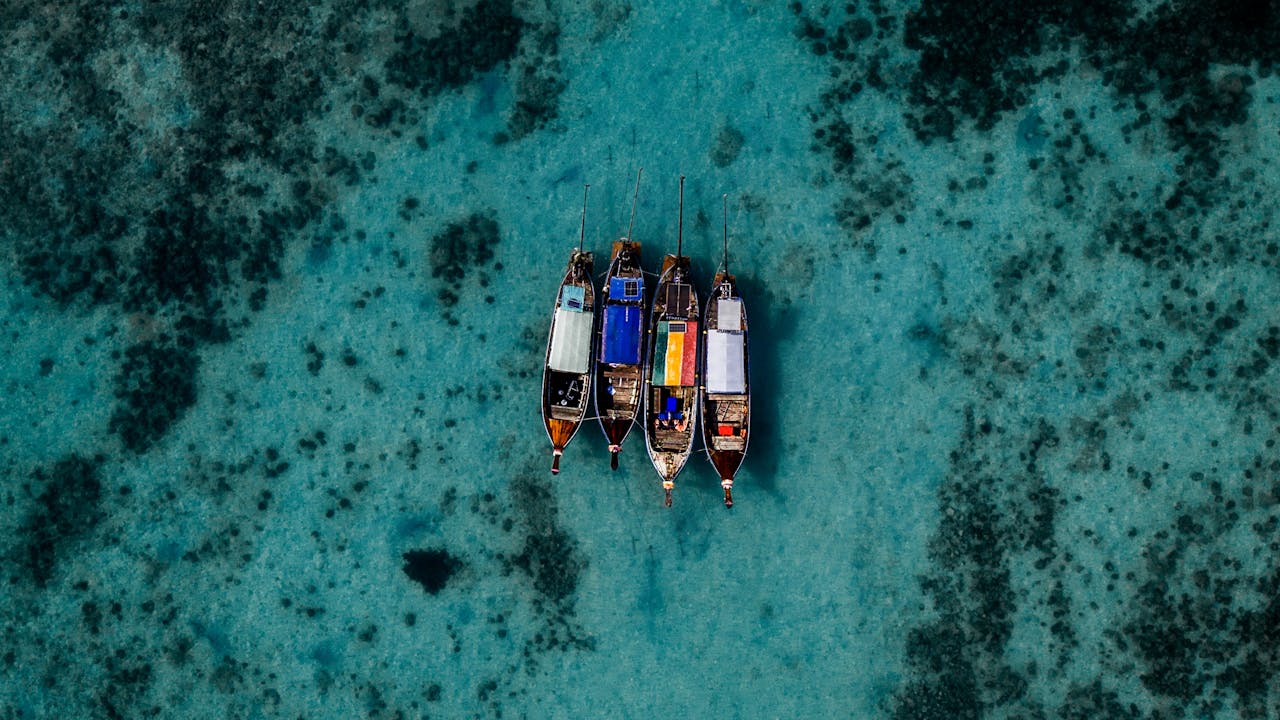The little island nation Bahrain in the Arabian Gulf has a history that is as rich and interesting as any major civilization. From the mysterious Dilmun civilization—which once thrived as a center of trade—to the shining modern cityscape of Manama, Bahrain’s past and present are entwined. One can sense the echoes of the civilizations that have molded this country as one strolls among its historic landmarks, prehistoric burial mounds, and centuries-old souks. Whether your passion is history or travel, learning about Bahrain’s past helps you to close the distance between ancient times and modernism.
The Dilmun Civilization: The Birthplace of Bahrain’s Legacy
Long before Bahrain developed as a hive of trade and culture in the Gulf, it was the center of the Dilmun civilization, among the most important ancient societies in the area. Mentioned in Mesopotamian writings as a paradise-like territory, Dilmun was a main trade route between Mesopotamia and the Indus Valley, enabling the trade of copper, pearls, and dates. At the Bahrain Fort, sometimes known as Qal’at al-Bahrain, a UNESCO World Heritage Site, the traces of this enigmatic society can be investigated today. With traces of ancient buildings, pottery, and inscriptions that chronicle a society long gone but never really lost, this archaeological wonder exposes layers of history stretching back over 4,000 years.
The Bahrain National Museum, where guests may marvel at relics illuminating daily life, beliefs, and trade of this ancient culture, is another amazing relic from the Dilmun age. Spread around the island, the Dilmun Burial Mounds—one of the biggest prehistoric cemeteries worldwide—emphasize Bahrain’s historical importance even further. These massive mounds, some going back to 2200 BC, still fascinate archaeologists and historians trying to find hints about Bahrain’s first occupants.
The Islamic Influence and the Portuguese Era
Bahrain accepted a new cultural and religious identity when Islam arrived in the 7th century, joining one of the first areas in the Gulf to adopt Islam. Said to be among the first mosques in the area, the Khamis Mosque is evidence of this change. For anyone trying to grasp the early Islamic influence of the island, its twin minarets and straightforward but arresting construction make it a must-see landmark.
Bahrain’s strategic location drew the Portuguese during the sixteenth century, who seized and strengthened the island with defensive buildings. Built-in conventional Islamic military fashion, the Arad Fort is now a reminder of this stormy age. Ignoring the sea, it provides amazing vistas and a window into Bahrain’s resistance against outside rule. Local armies and regional authorities finally recovered the island, allowing Bahrain’s changing identity to be shaped by the brief Portuguese control.
The Pearl Diving Era and the Path to Modernity
Bahrain flourished decades ago as a hub for pearl diving, turning out some of the best natural pearls on Earth. Pearl diving dominated the island’s economy before oil was discovered; whole towns depended on the trade. Another UNESCO World Heritage Site, the Bahrain Pearling Trail, leads guests through the once-bustling coastal districts, merchant homes, and traditional neighborhoods, including pearl traders and divers. The center of Bahrain’s pearling past, the ancient lanes of Muharraq provide a window into a time when the sea controlled the pace of life.
Bahrain underwent revolutionary upheaval in the 20th century after oil was discovered there in 1932. Rapid development followed from the nation becoming the first in the Gulf to find and exploit oil. Nonetheless, Bahrain has deftly juggled development with preserving its cultural legacy. The capital city, Manama, is a prime illustration of this mix since opulent hotels and skyscrapers coexist with traditional markets like Bab Al Bahrain.
DOCUMENTS REQUIRED FOR BAHRAIN VISA
Bahrain Today: A Harmonious Blend of Old and New
Modern Bahrain continues to embrace the future while honoring its past. A wonder of modern architecture, the Bahrain World Trade Center reflects the nation’s forward-looking attitude by including wind turbines in its construction as a tribute to sustainability. Meanwhile, the yearly Bahrain Grand Prix draws guests worldwide to emphasize the nation’s participation in international sports and travel.
Bahrain never forgets its roots, even with its modern developments. Celebrations of holidays like Bahrain National Day and the Spring of Culture highlight the nation’s dedication to honoring its past. Bahraini life still revolves around traditional crafts, music, and cuisine, which shows that even if the island may have changed, its past is still very entwined with its present.
Investigating Bahrain’s rich past is like strolling across time. From the shining Manama skyline to the ancient Dilmun ruins, every inch of the island reveals a tale of resiliency, change, and cultural richness. Bahrain is a unique place that effortlessly links its past and present, whether you are drinking Arabic coffee in a contemporary café or among the silent grave mounds of a vanished culture.
More articles: The Best Time to Visit Bahrain for an Unforgettable Trip




